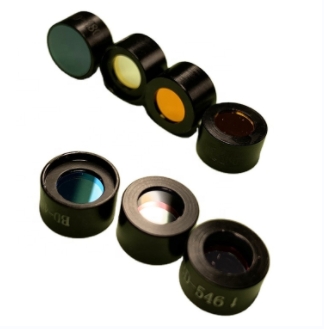ISO9001 Certified Professional Manufacturer & Supplier of Optics
+86-0431-87911611 admin@ytoptics.com
Contact us
-
 Email: admin@ytoptics.com
Email: admin@ytoptics.com
-
 Tel:86-0431-87911611
Tel:86-0431-87911611
-
 Add: 2# Automotive Innovation
Add: 2# Automotive Innovation
Jilin Province, China
Interferometric Infrared Filters
These infrared filters are made of multiple layers of film stacked on top of each other, each with a different refractive index and thickness. When incident light strikes this filter, it is reflected and refracted at the interface of each film layer, resulting in an interference phenomenon. Only light of wavelengths that meet specific conditions can pass through the interferometric filters, while other wavelengths are reflected or absorbed. Interferometric infrared filters have the advantages of high transmittance, high selectivity, narrow bandwidth, and good temperature stability, but they also have the disadvantages of complex production process, high cost, and angle sensitivity.


PREV : Absorption Infrared Filters NEXT : Narrow Band Filter - Incident Point of View

TALK TO US 86-0431-87911611
86-0431-87911611
Call us now!
 86-0431-87911611
86-0431-87911611Call us now!
ONLINE CHAT
 2433808388
2433808388

